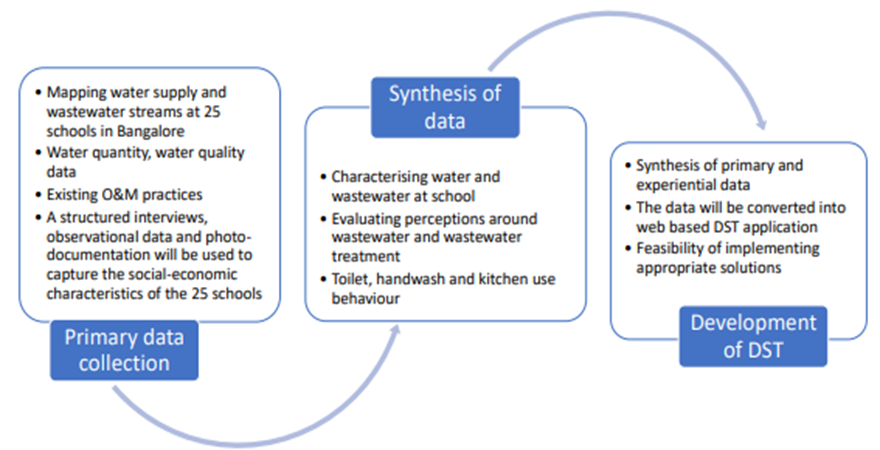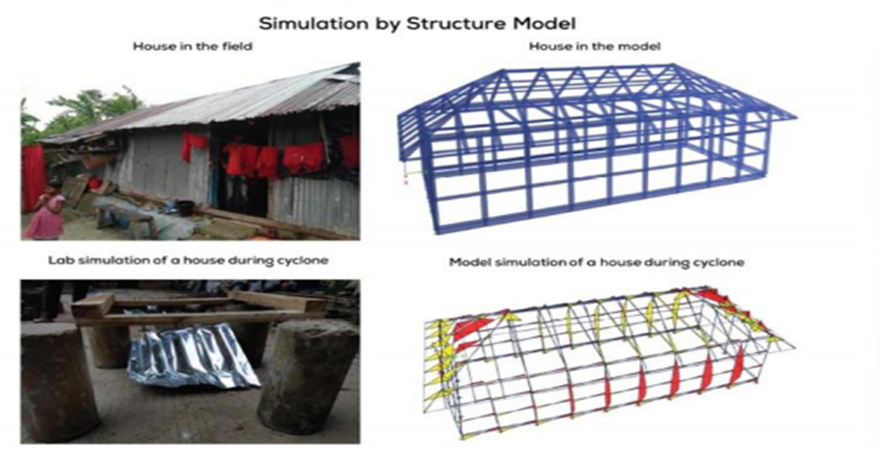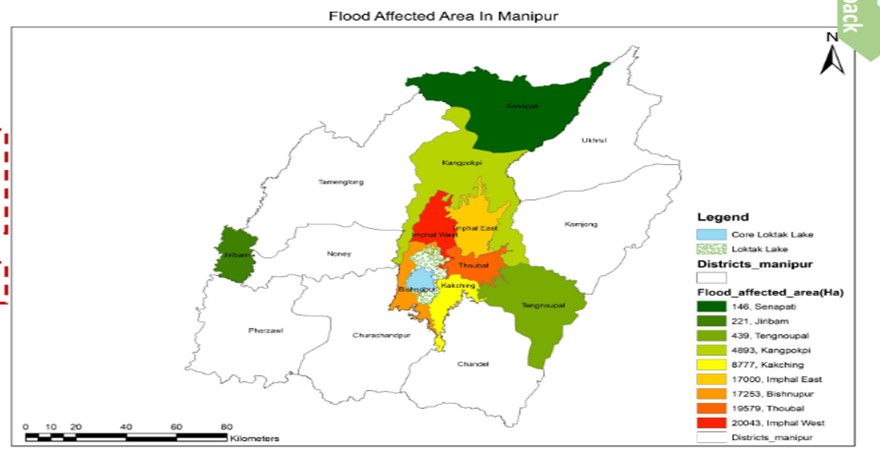- +91-11-4044-5999
- info@cdri.world
-
Copernicus Marg, New Delhi, INDIA
Thematic Areas for Cohort 2023-24
- People-centred solutions for infrastructure resilience
- Capacity building for infrastructure resilience - at scale, at speed
- Social infrastructure systems for tomorrow
- Interdependent infrastructure systems for resilient communities
- Urban infrastructure resilience through futures thinking and foresight approaches
People-centred solutions for infrastructure resilience
Building resilience to disasters is not only limited to physical resilience but also translates into building economic and community resilience whereby community members gain skills and awareness of pathways to being resilient in the face of disasters. It is encouraged that community members who are affected populations from past disasters and potential future disasters have a sense of ownership of the resilient infrastructure assets being built in the journey to “build back better” and for future construction and maintenance purposes. Resilience efforts require innovative and inclusive people-centred solutions for infrastructure resilience through facilitating the agency of diverse communities. This requires yielding grassroots and policy perspectives from multiple disciplines and backgrounds, including enabling listening to the voices of women and underrepresented groups such as vulnerable communities, indigenous people and people with disabilities when designing solutions that address ground realities. Hence, we encourage proposals that focus on participatory design, planning and management when creating solutions for infrastructure resilience.
Capacity building for infrastructure resilience - at scale, at speed
Enabling the exchange and spread of scientifically accurate knowledge amongst stakeholders to build resilience of infrastructure systems is crucial. Given the increasing rate of failing infrastructure due to disasters and non-compliance with existing standards and codes, stakeholders across all levels of governance, community members and the private sector need to be trained for building infrastructure resilience to disasters - that too at scale and at speed to mitigate the number and amount of economic and physical losses. We encourage disaster and climate resilient infrastructure proposals that focus on robust and evidence-based capacity building solutions that are realistic, scalable and have the potential to make large impact at the local and global level.
Social infrastructure systems for tomorrow
Effective and efficient service delivery of services for social wellbeing requires having resilient social infrastructure systems for tomorrow. These include ensuring the continuous functioning of resilient infrastructure assets in the health, education and water sector in the face of uncertainty. When disasters strike, emergencies lead to services such as education being brought to a halt. For example, more than 165 million children faced school closures due to the COVID-19 pandemic as of March 2021 (UNICEF, 2021). Therefore, not only did the COVID-19 pandemic affect the health sector and livelihoods but it also affected the education of children and adults, especially those in areas with low internet connectivity to be able to access online education services. As a result, we encourage proposals that bring forward-looking and innovative solutions for supporting basic social services to face disasters, overcome challenges with agility and continue to function.
Interdependent infrastructure systems for resilient communities
There is a growing awareness that infrastructure systems are interdependent given that disasters impact multiple sectors (for example, power and energy sector and transport sector) at the same time. Furthermore, even within infrastructure sectors such as the transport sector, interdependencies exist between the sub-sectors such as the roads sector and waterways sector due to integrated transportation systems, for example. As a result, solutions for pre-disaster preparedness and post-disaster reconstruction that are disaster and climate resilient must include strategies and tools that acknowledge and adhere to these interdependencies. We encourage proposals that can clearly and succinctly identify the interlinkages between different sectors and develop solutions that address the needs of systemic resilience of infrastructures.
Urban infrastructure resilience through futures thinking and foresight approaches
More than 65% of the global population will live in urban areas by 2050 (UN DESA, 2018) due to various factors such as rural to urban migration in countries across the world. As a result, it is crucial to build the resilience of urban infrastructure through innovative solutions that are mindful of such global drivers of change such as migration and climate change that increase the vulnerability and exposure of communities to disasters. This can include examination of the infrastructure systems which play a critical role in supporting the ability of cities to function and the wellbeing and prosperity of the communities they serve. We encourage proposals that are futuristic and insightful of the key challenges faced by communities worldwide.



 mainstreaming inclusion of persons with disabilities in disa.png)
